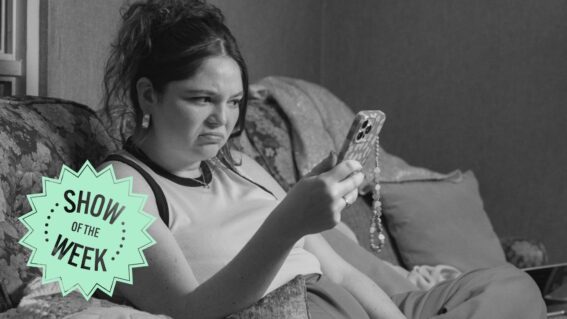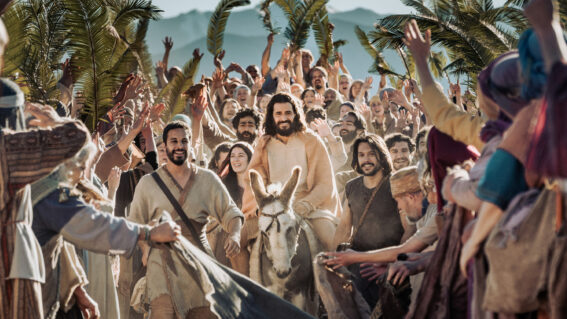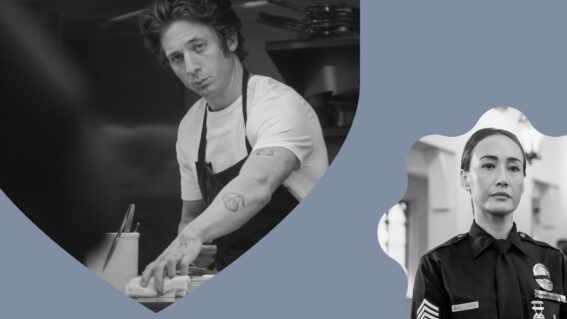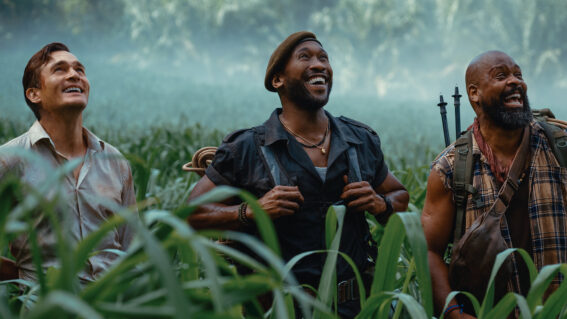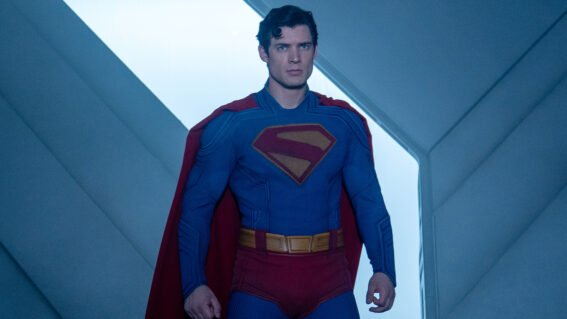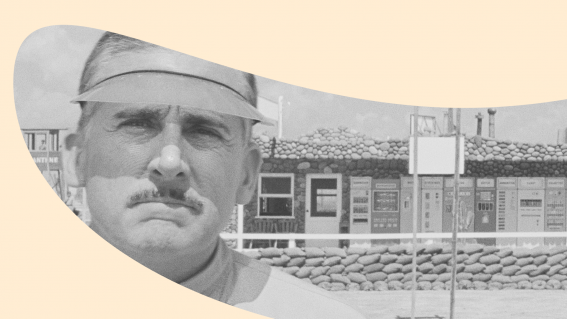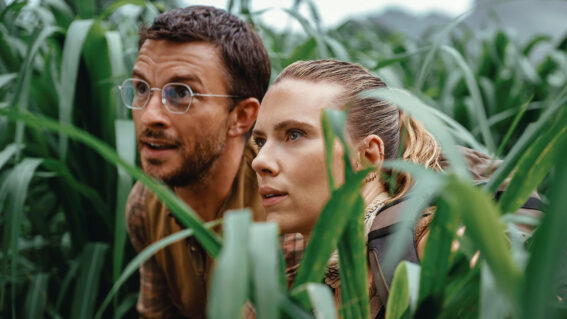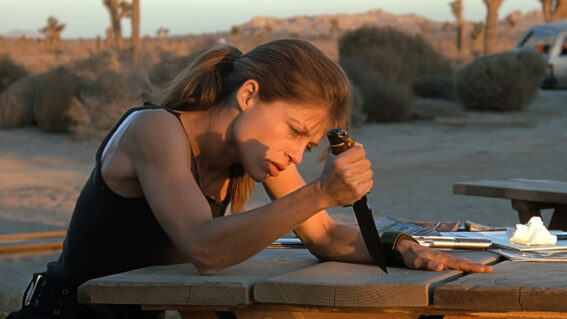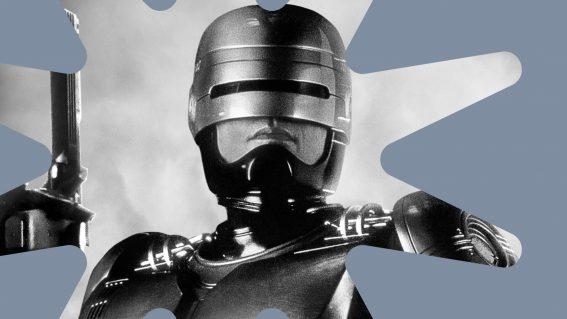Talking toilets, mixtapes, and Perfect Days with Wim Wenders
We find out about the toilets responsible for Wim Wenders’ latest film as well as the beauty of reductionism in both life and filmmaking.
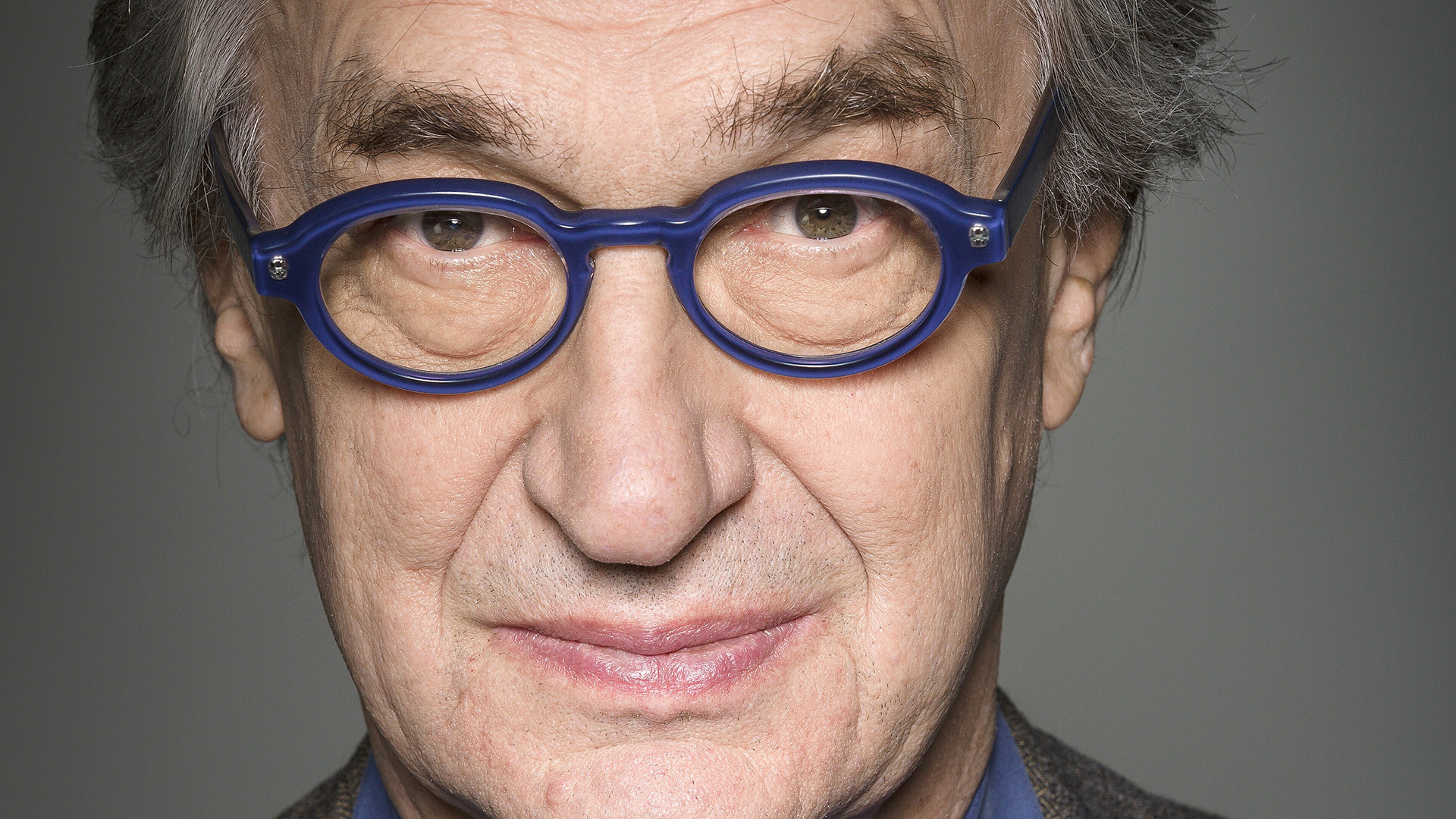
Cinema legend Wim Wenders talks to Liam Maguren about his latest film Perfect Days, the toilets responsible for its creation, the inherent value of mixtapes, and the beauty of reductionism in both life and filmmaking.
THIS INTERVIEW HAS BEEN EDITED FOR CLARITY AND BREVITY
Written in under a month and shot in just two-and-a-half weeks, Perfect Days is the latest feature from cinema maestro Wim Wenders. Starring the great Koji Yakusho, who took home Best Actor at Cannes last year for his performance, the film earned a nomination for the Palme d’Or last year and is Japan’s official entry for the Best International Feature category at this year’s Academy Awards.
The story follows the daily life of Hirayama, a humble Tokyo janitor living an analogue life in this very digital age. We see him absorb the simple pleasures of reading dime-store books, listening to his decades-old cassettes, caring for his plants, photographing the trees, and doing his job well.
A basic synopsis can’t capture the magic Wenders conjures with Perfect Days. As the film washes over you, it’s hard not to feel swept up in, and even envious of, Hirayama’s joyfully minimalist life. It’s even harder to witness the maximalist world around him threatening to topple this beautiful balance he’s created for himself.
Chatting to Wenders via Zoom, I first asked what initially led him to tell this story. The answer: toilets. More specifically, an invitation to visit Tokyo and potentially make some short documentaries on the incredible architecture of their best public toilets.
“It didn’t seem like such an interesting prospect,” Wenders admitted, “but then I saw what toilets they meant—15 toilets built by 15 great Japanese architects, who normally build high rises and museums. I guess that wouldn’t happen in any other place. In Japan, toilets have a different cultural connotation. So I went there, met some of the architects and saw these beautiful, artful places…”
That same weekend, Wenders witnessed Tokyo coming out of its longest lockdown. “It happened in such a civilized and respectful way that I hadn’t seen in returns from lockdown in my own country and in Europe, where the respect for common places more-or-less vanished. In Japan, it was the opposite. I saw how much they revered and protected these places. I realised there was another film to make there—a film dealing with how we live after the pandemic. What I saw here would open the door to a movie that would reconsider how to live.”
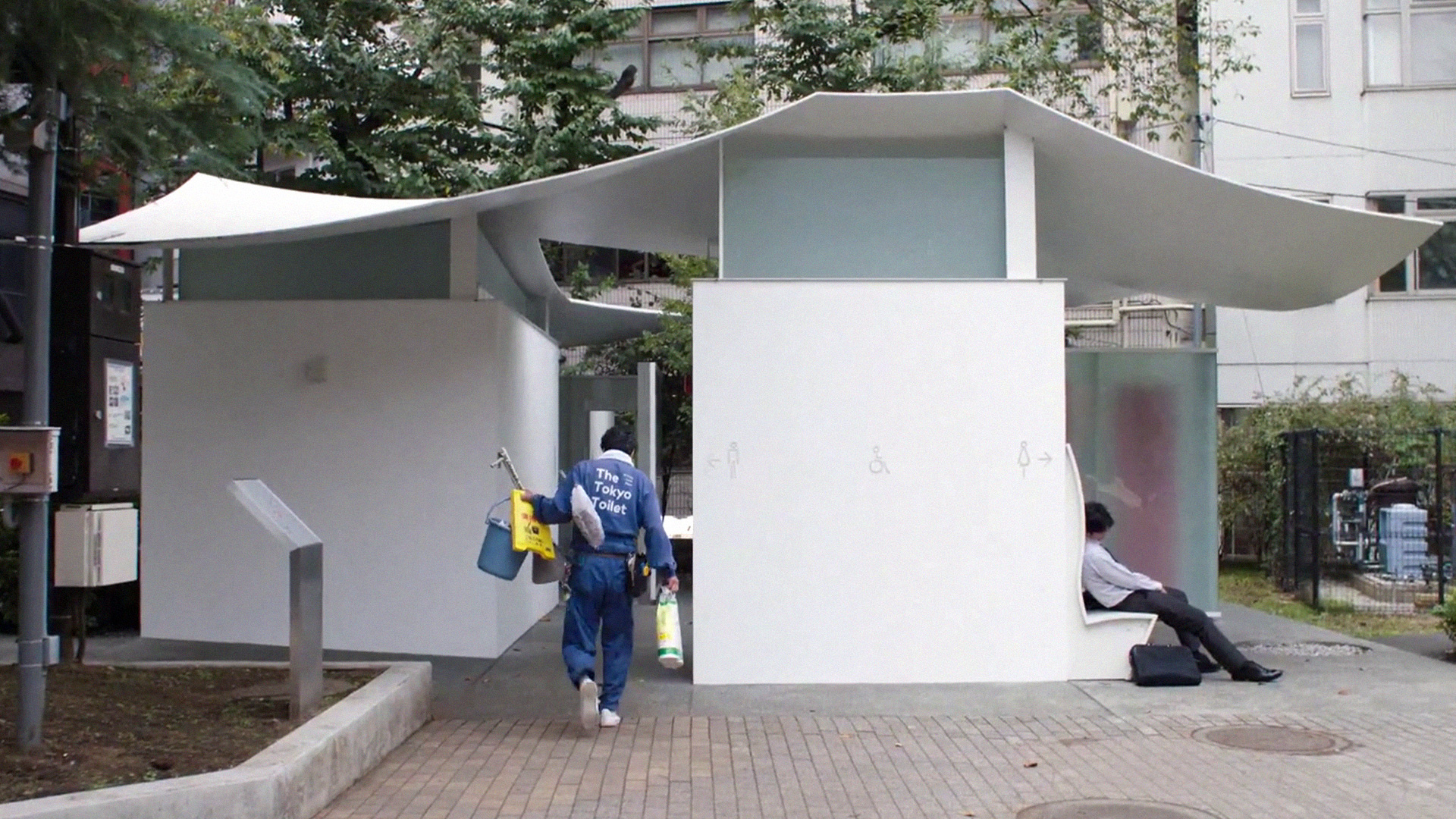
Four short documentaries suddenly turned into one narrative feature—a film that would still highlight these incredible toilets. Wenders just needed two things: a co-writer and a lead.
“The script-writing process was like no script I’ve ever been involved with before,” Wenders explained. “Takuma Takasaki, my co-writer, and I sat down and imagined the life of this caretaker of these toilets. We realised it would be a very strict routine. Once we had the routine, the script wrote itself. All his days were alike. But every day was a little different. We could start working on the variations. The more we wrote, the more we realised, our hero was somebody who lived very much in the present tense. Everything he did was like doing it for the first time. His routine was not a routine for him, it was structured to his life. And it was a pleasure because he liked what he was doing, he liked being of service.”
The second key thing, the lead actor, was a dream-come-true piece of casting for Wenders. “It was a sheer pleasure to write the story for Koji Yakusho who, in my book, is one of the greatest actors living on the planet. He’d never cleaned a toilet in his life but he spent a week with a crew who does and was very meticulous. When we started shooting, he didn’t need any part of the process explained. He knew all the tricks, all the instruments—he learned from the best. The guy who was with him to explain [the cleaning techniques] didn’t have anything to do. He said, ‘We’ll keep him if you’re finished with the film. He can have my job.’”
When Koji was in a scene by himself, rehearsals often delivered authentic performances, encouraging Wenders to shoot those rehearsals as well. “It was so beautiful to work like this. Every now and then we did a second take other than the rehearsal, but basically, when he was alone, we shot only once. It felt like we were doing a documentary on a fictional man.” This unique collaboration culminates to a final close up shot that, for my money, is one of the most soul-capturing pieces of acting I’ve seen.

Wenders and his crew took on a kind of ‘method acting’ approach to the entire production. “We became so close to him, and we worked so furiously because we only had 16 days. And that was a blessing. He lives a life of reduction. He only wants to have what he needs. And so we had to make the film in the same way, with the same philosophy. I decided against tracks, gimbals, steadicams, and cranes—we just shot camera on shoulders and no other technology. It was a great lesson.”
In Tokyo-Ga—Wenders’ 1985 Toyko travelogue—he ruminates on the appeal of pachinko machines: Time passes. You lose touch with yourself for a while, you merge with the machine, and perhaps forget what you always wanted to forget. I shared with him how, 40 years later, that same idea feels more pertinent with today’s devices.
“It is almost as if we’d forgotten a lot of our potential,” Wenders responded. “The digital age has made us unlearn a lot of things we loved and needed and wanted. We very rarely live in the moment. The digital stuff always takes us away into other realms, and it takes our time. None of us have enough time to do anything. But Hirayama has enough time for everything in his life. That’s the secret. He has enough time to read, to listen to his music, to take his photographs… His time isn’t stolen under his feet, so to speak.”
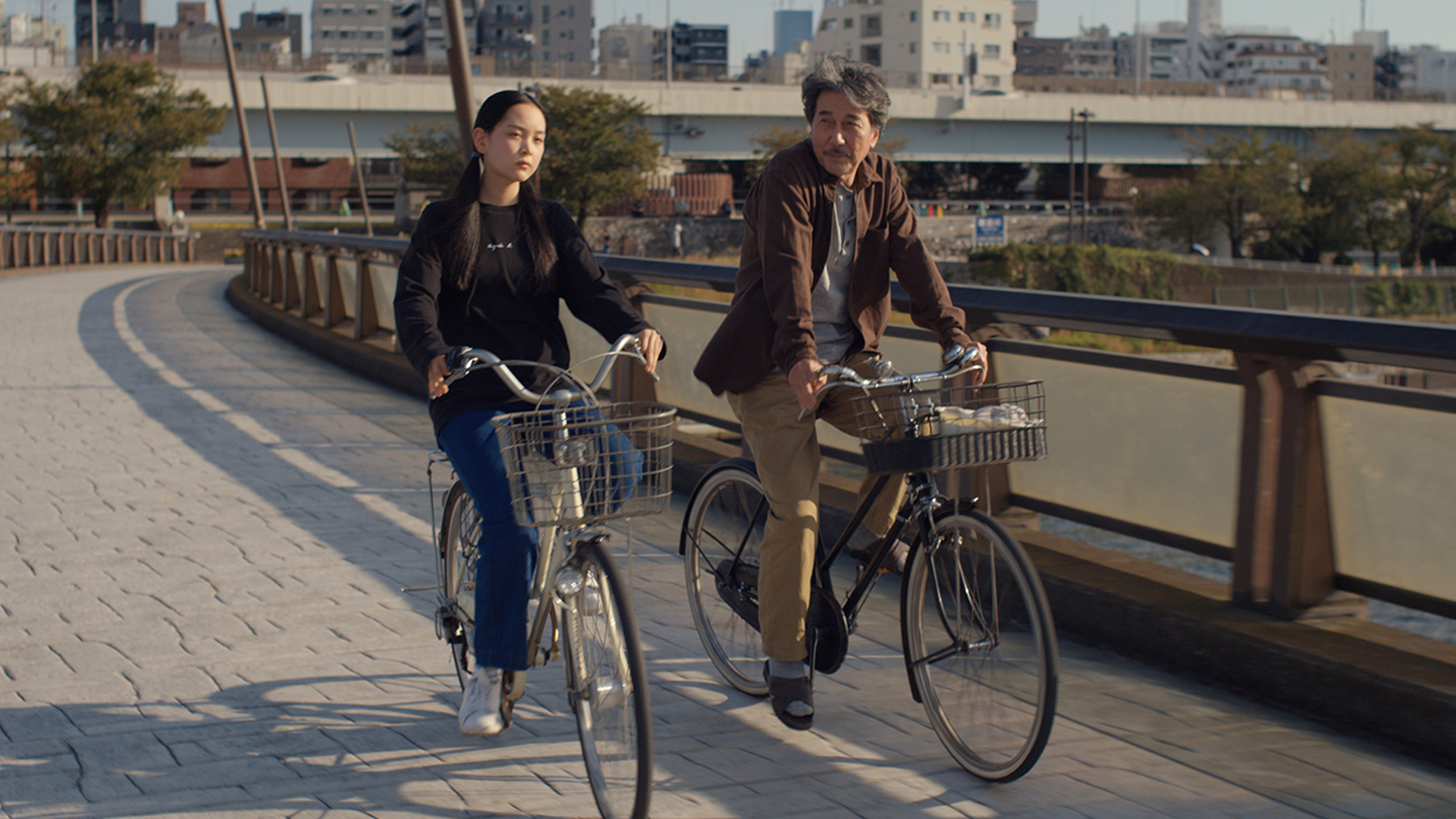
Doubling as the film’s soundtrack, Hirayama’s cassettes play a big role in Perfect Days. “Today, kids exchange their music with playlists, and everybody can have a playlist for anything. And it doesn’t cost anything. It doesn’t cost any effort. It’s almost like we are our own algorithms to produce playlists for anything and anybody. And then they see this man and he has these cassettes—they don’t even know how to put them into the machine—but they also realise what it is, that it sounds a little different. And this whole generation discovers the value of a mixtape. It has a beginning, middle, and end. It tells a story. It’s a deeply personal message that you give to somebody. It has a whole different value to a playlist.”
“All of a sudden, this old guy with his cassettes is actually quite cool. The cassettes that he owns are worth a lot of money and the prices are not fiction. We could have sold the Lou Reed cassette for $120. If only I had kept my cassette collection, I could finance my next two trips to Tokyo.”
On that topic, I asked Wenders for his thoughts on physical media vs streaming services in the world of film. “The thought in that area is strictly the physical place of the cinema,” he answered. “I travel with the film, I’ve gone to all these countries, I’ve seen hundreds of screenings, and the most joyful part of the whole distribution is talking to audiences in theatres. A lot of them are young and a lot of them thoroughly enjoy it—not just the film, but also the experience of seeing it on the big screen.”
“I met a lot of young people in Europe and New York about a whole movement of how we can live with less. The idea of owning less and only the essentials is a big idea for a lot of these young people and I love that.”









